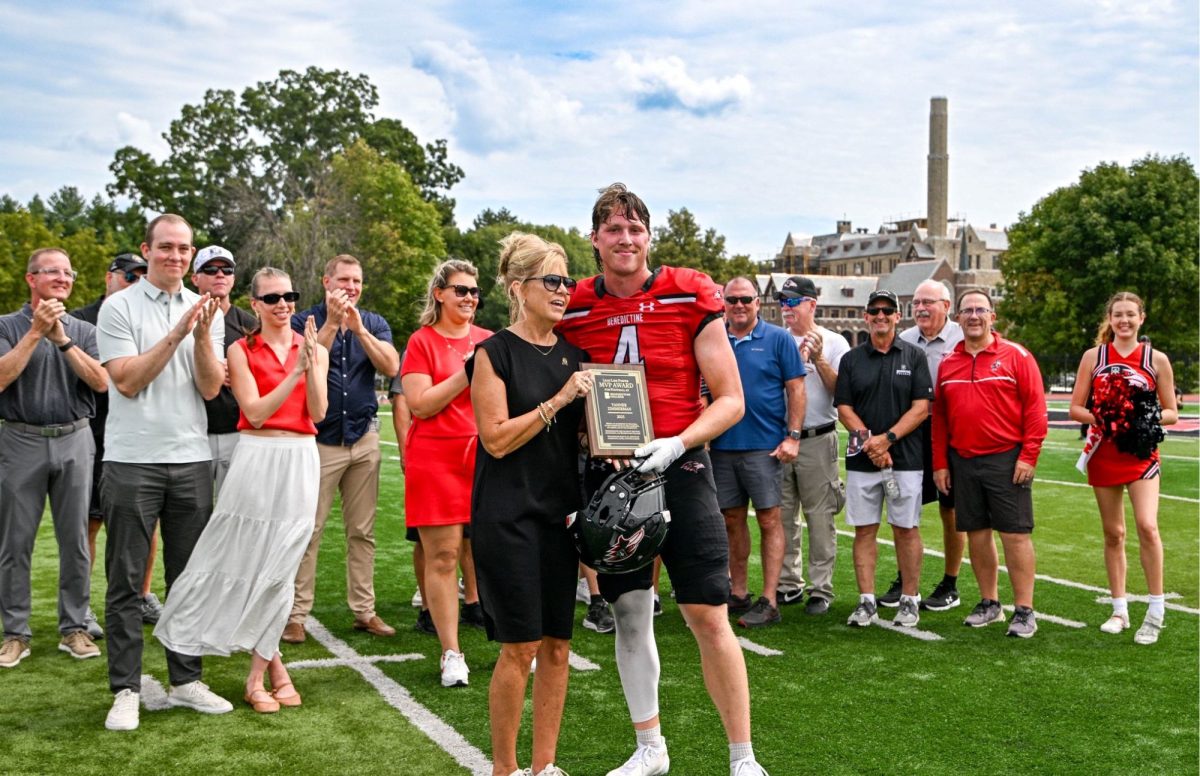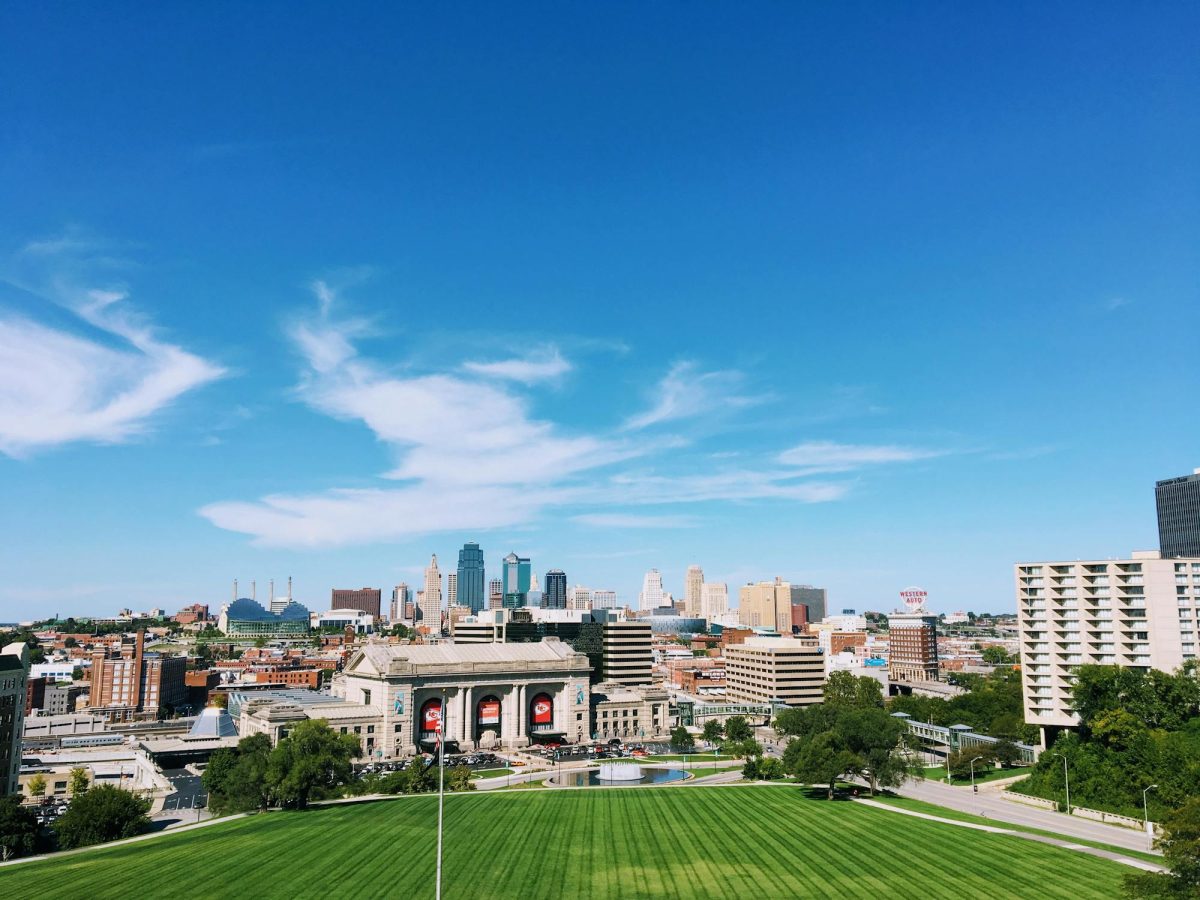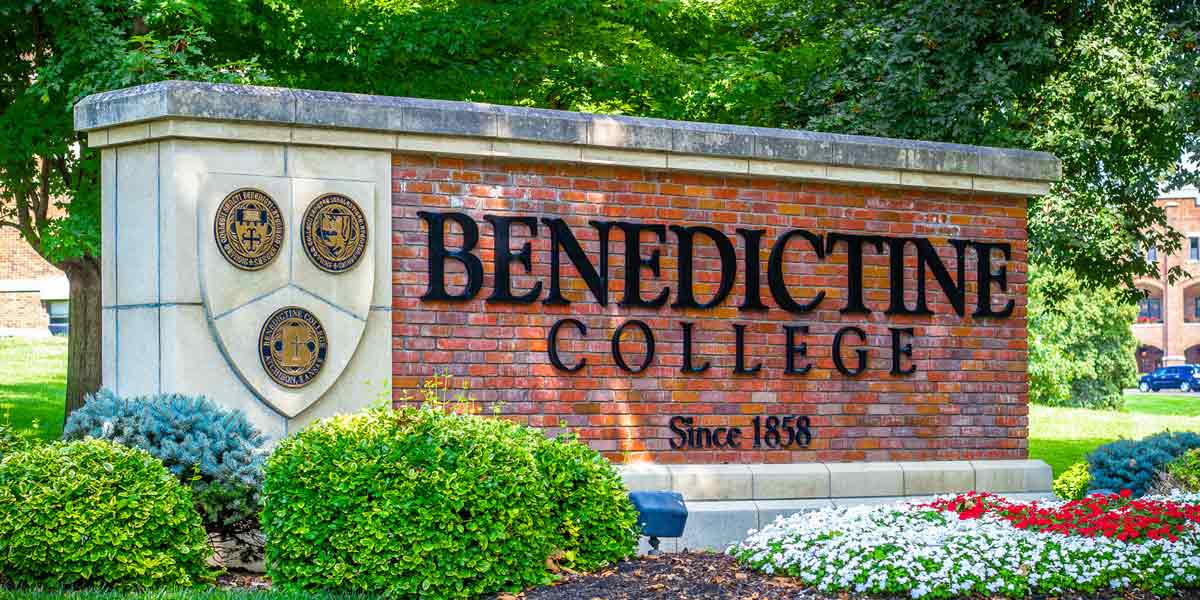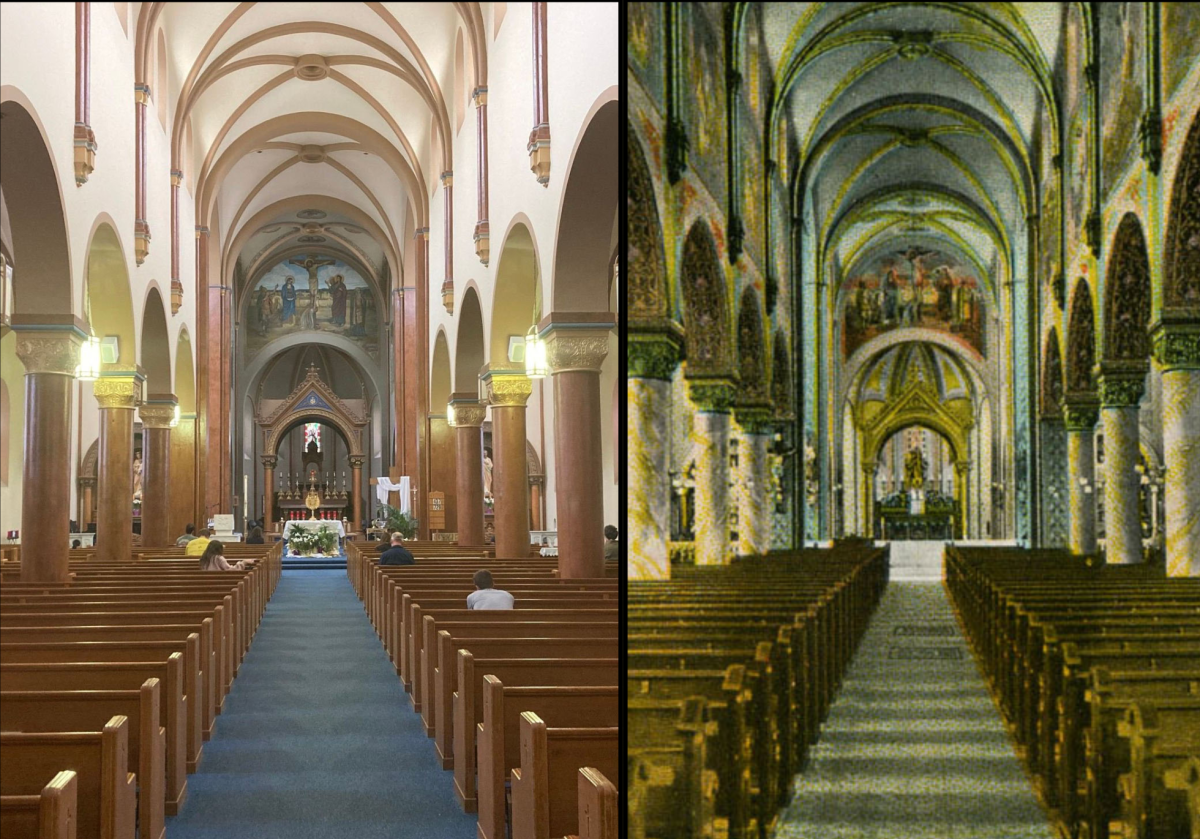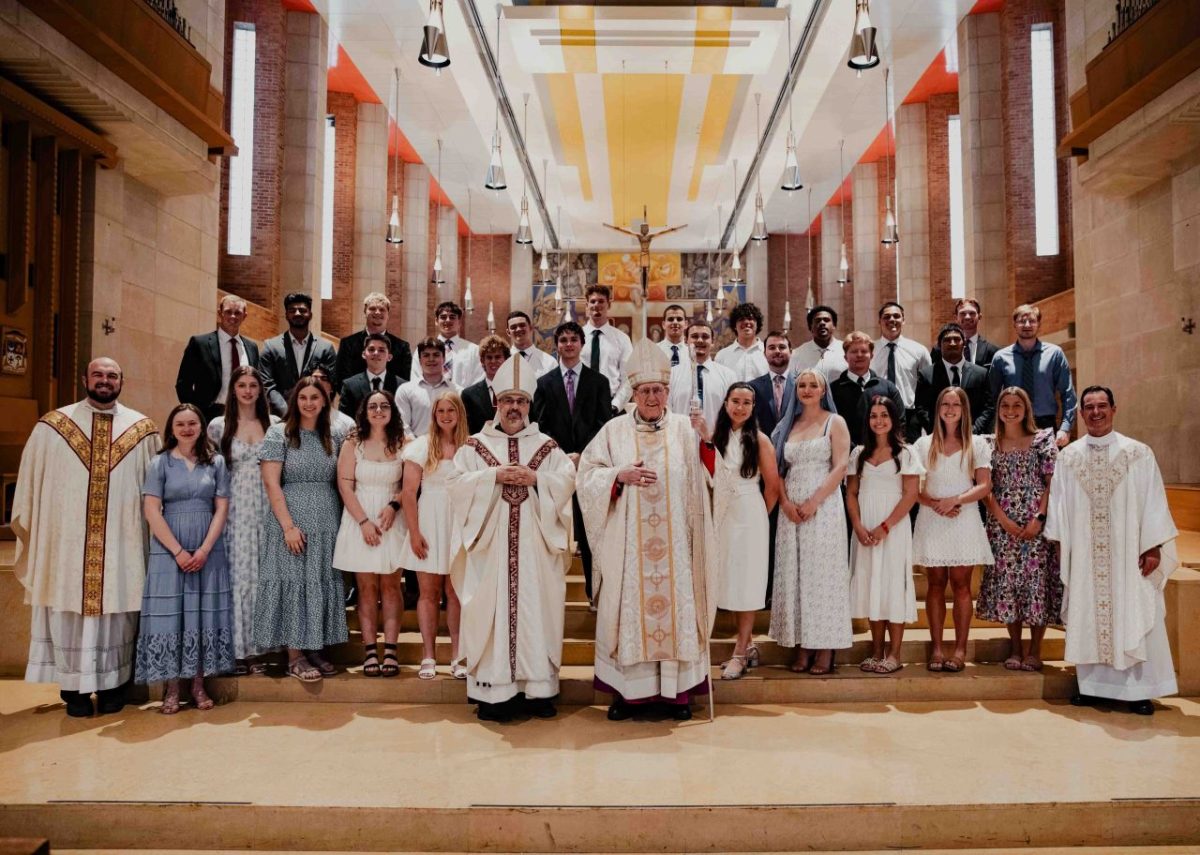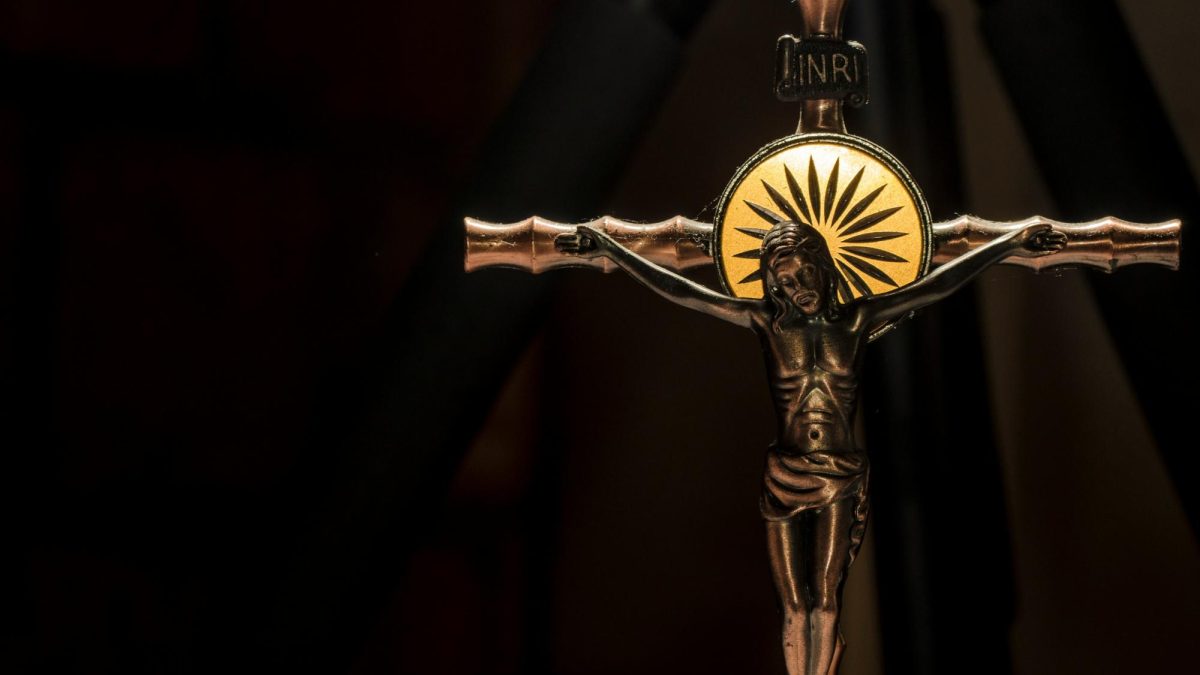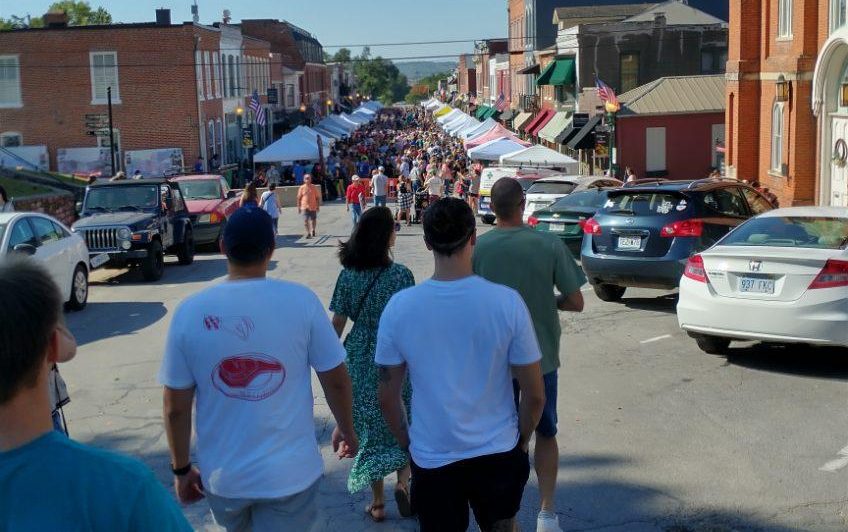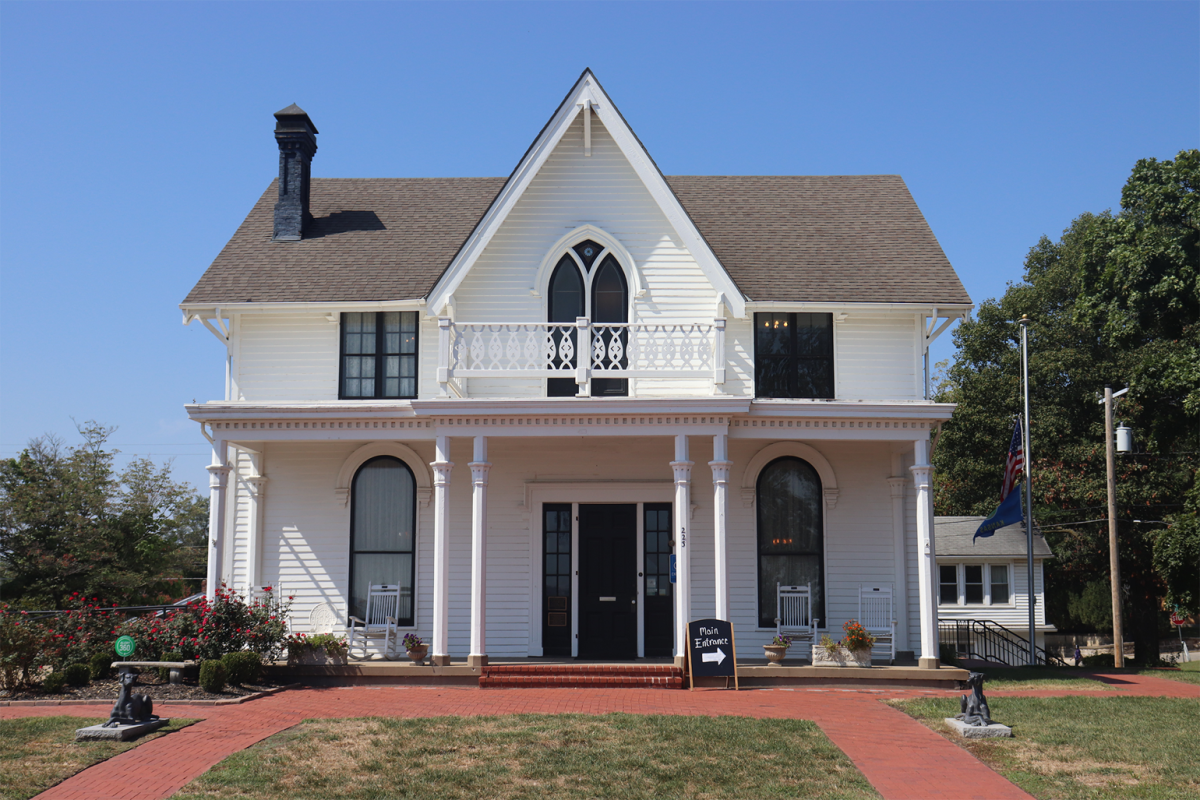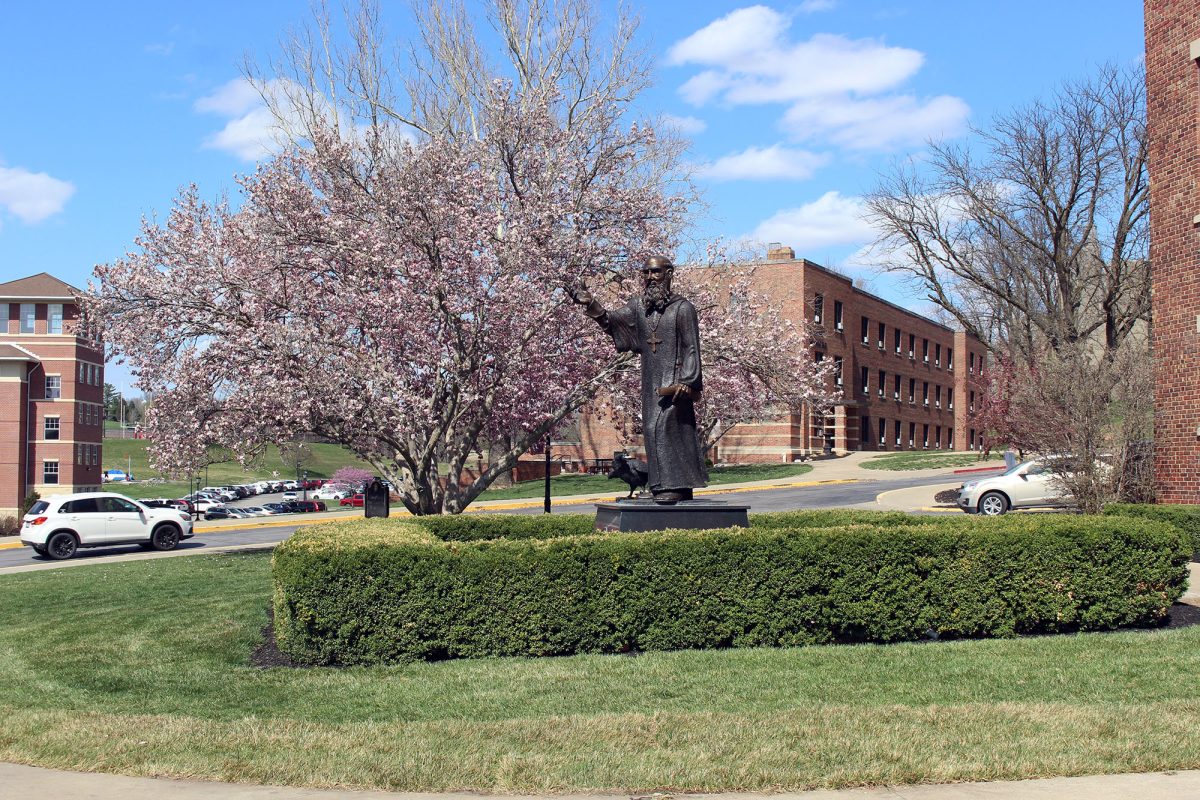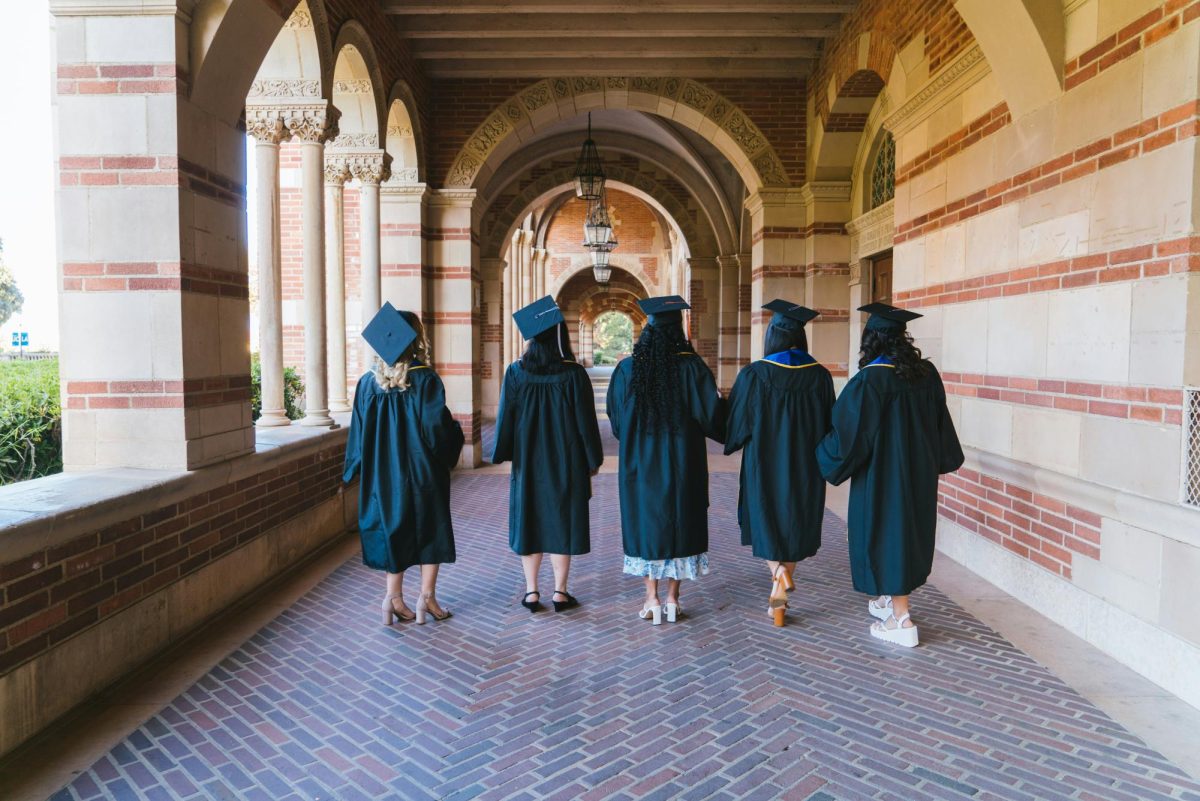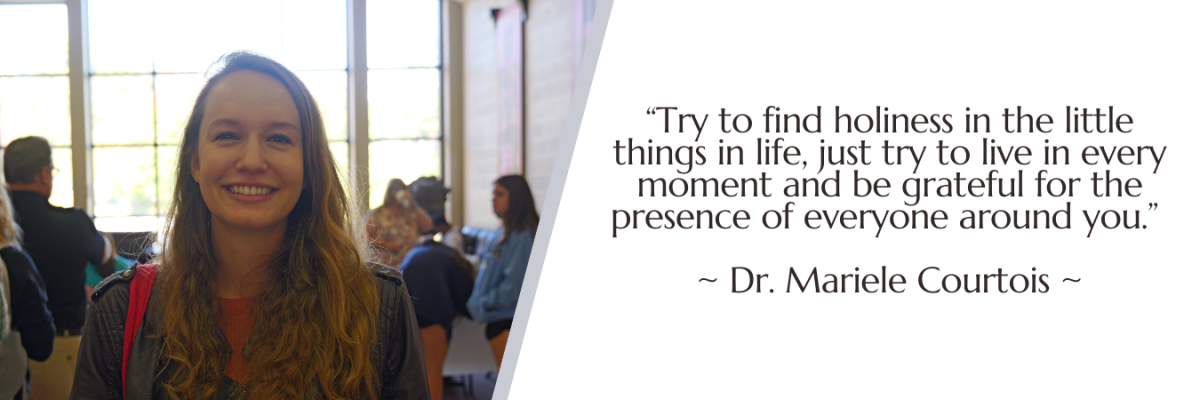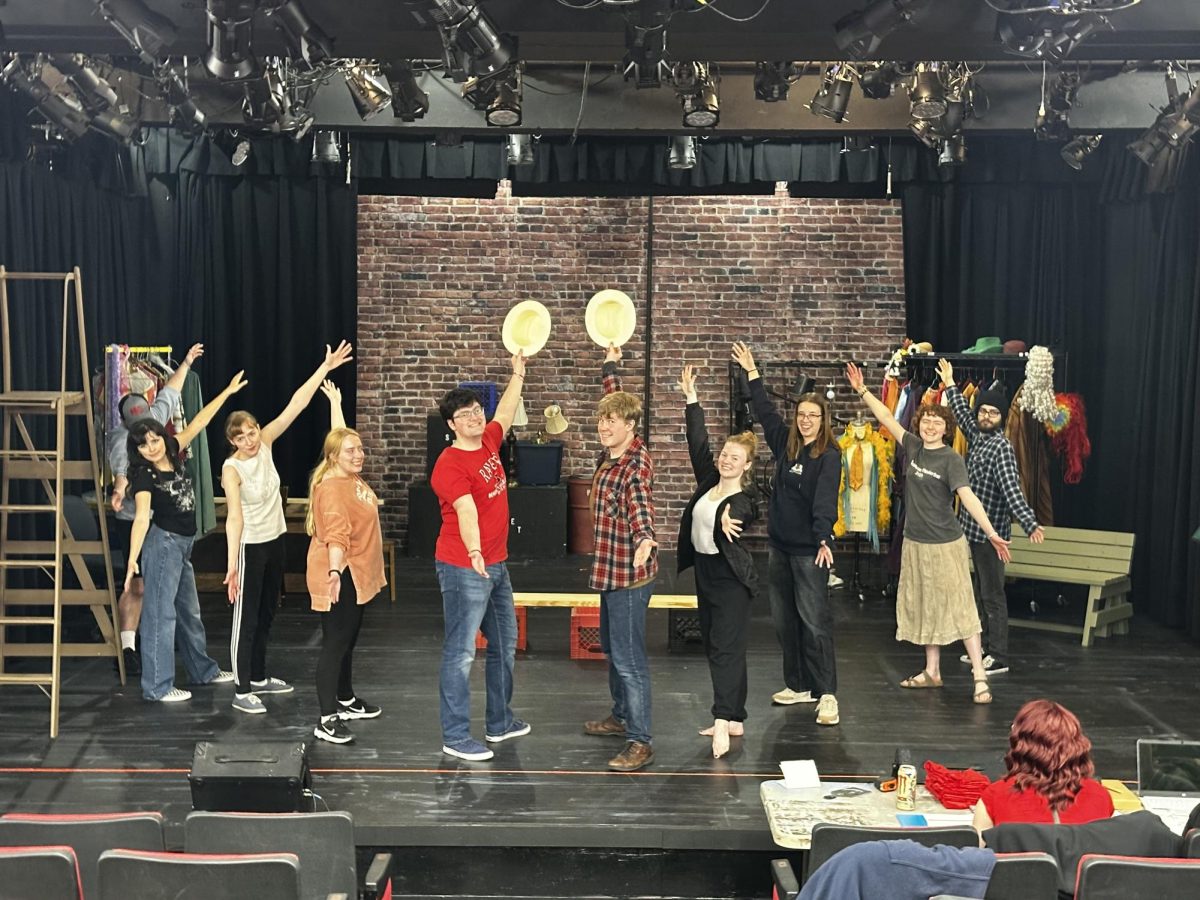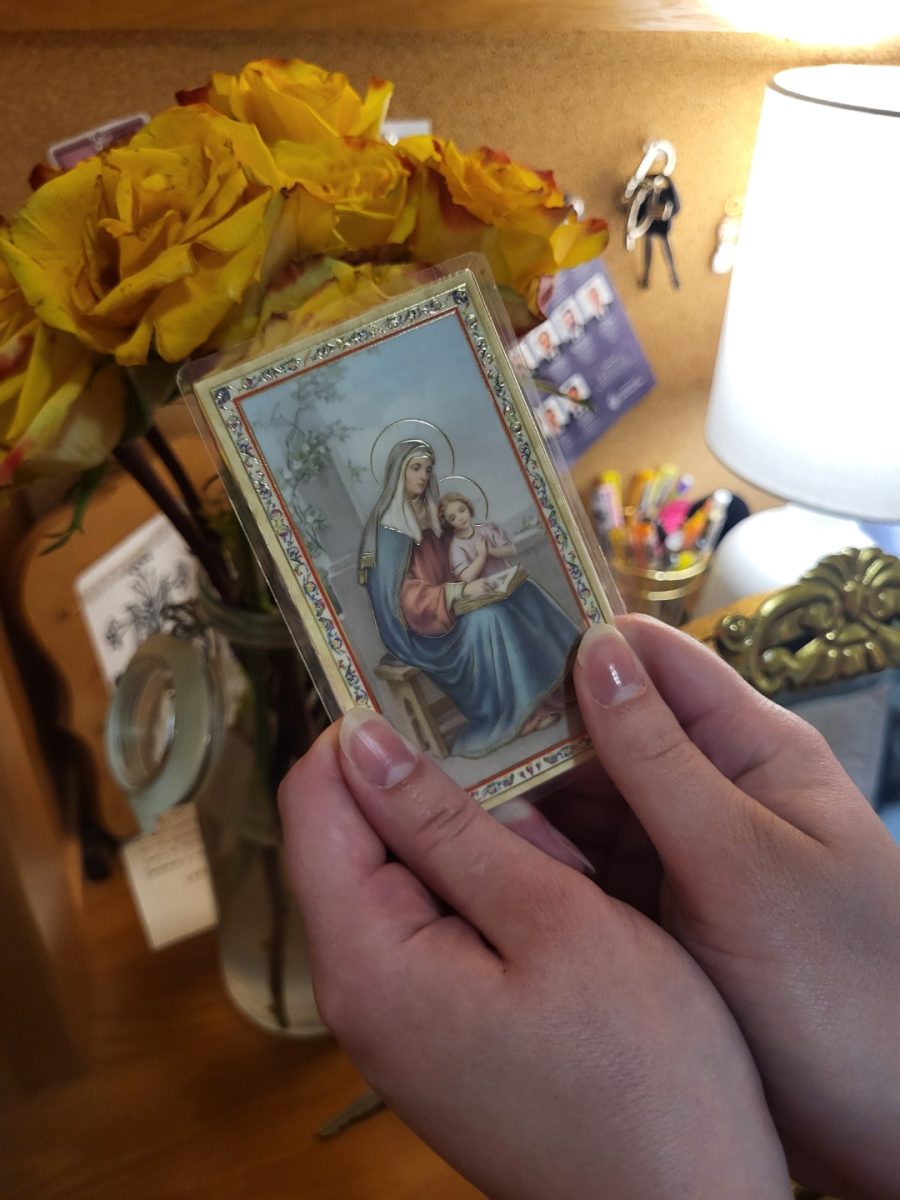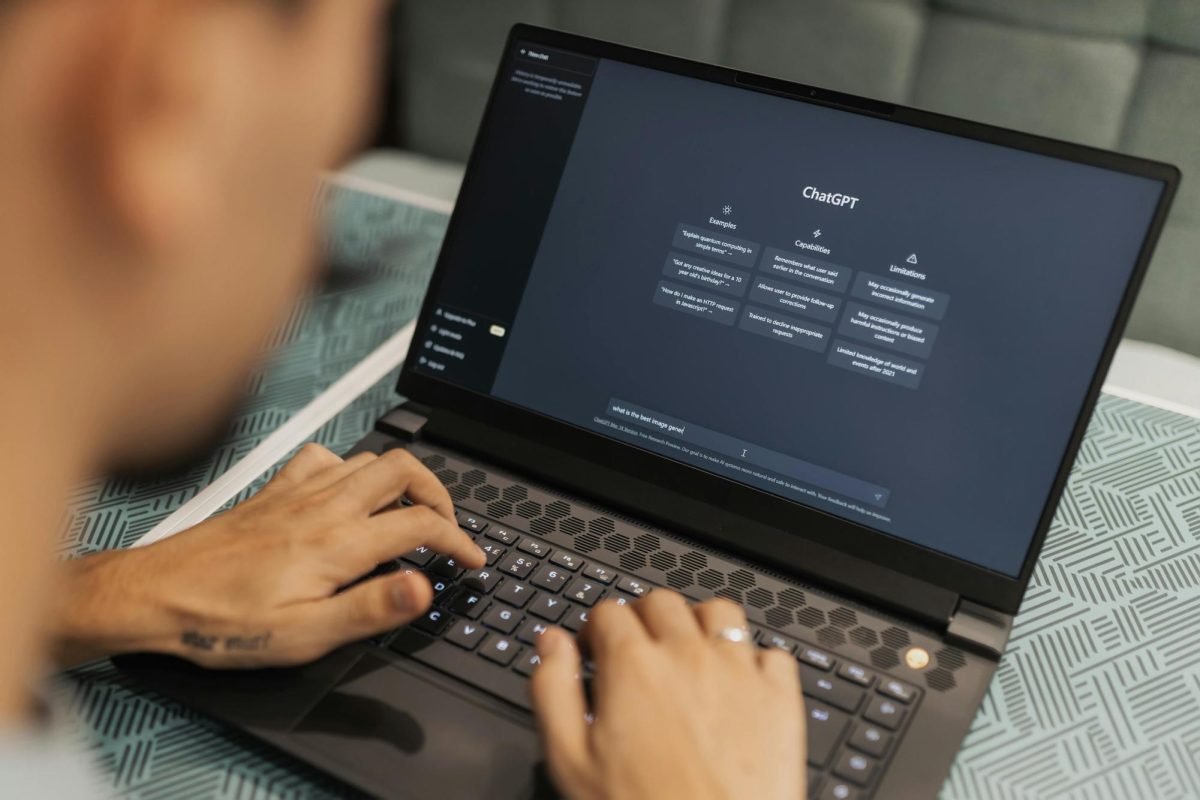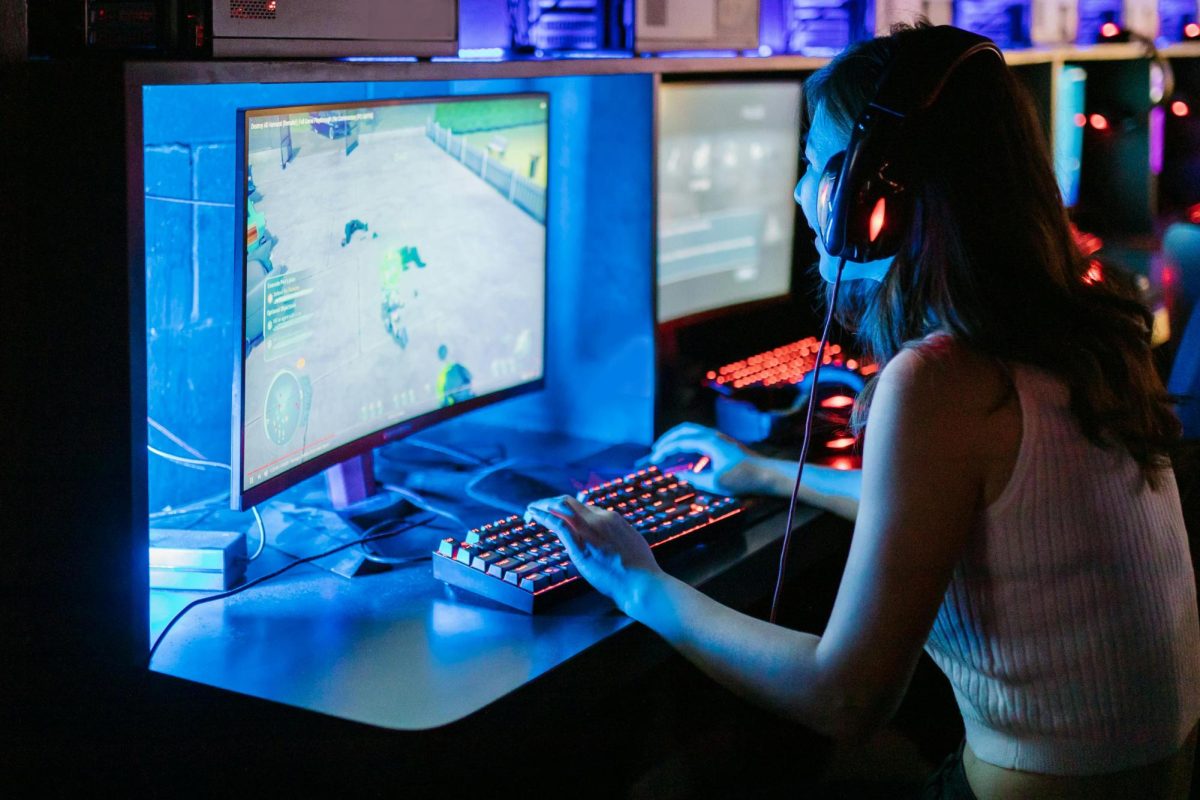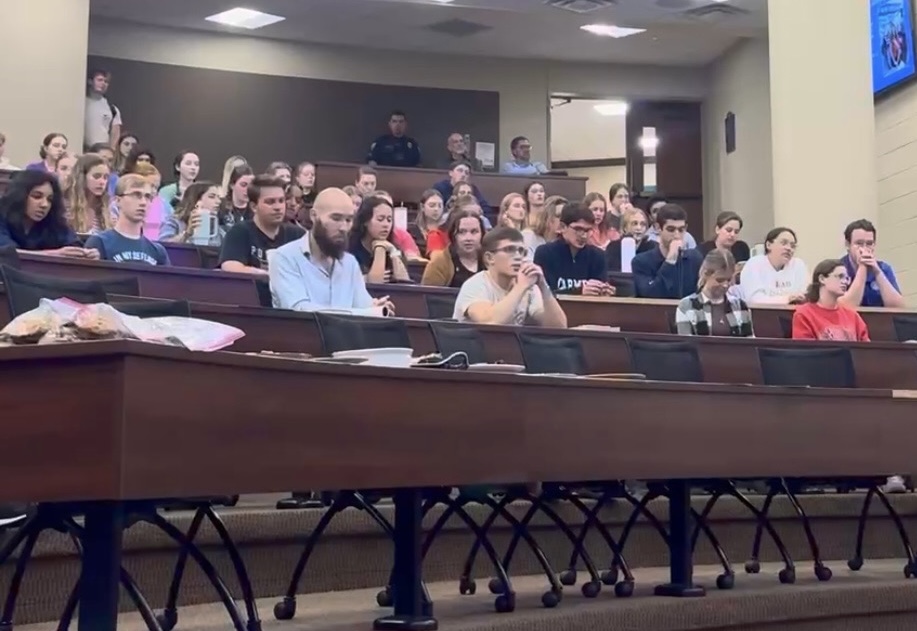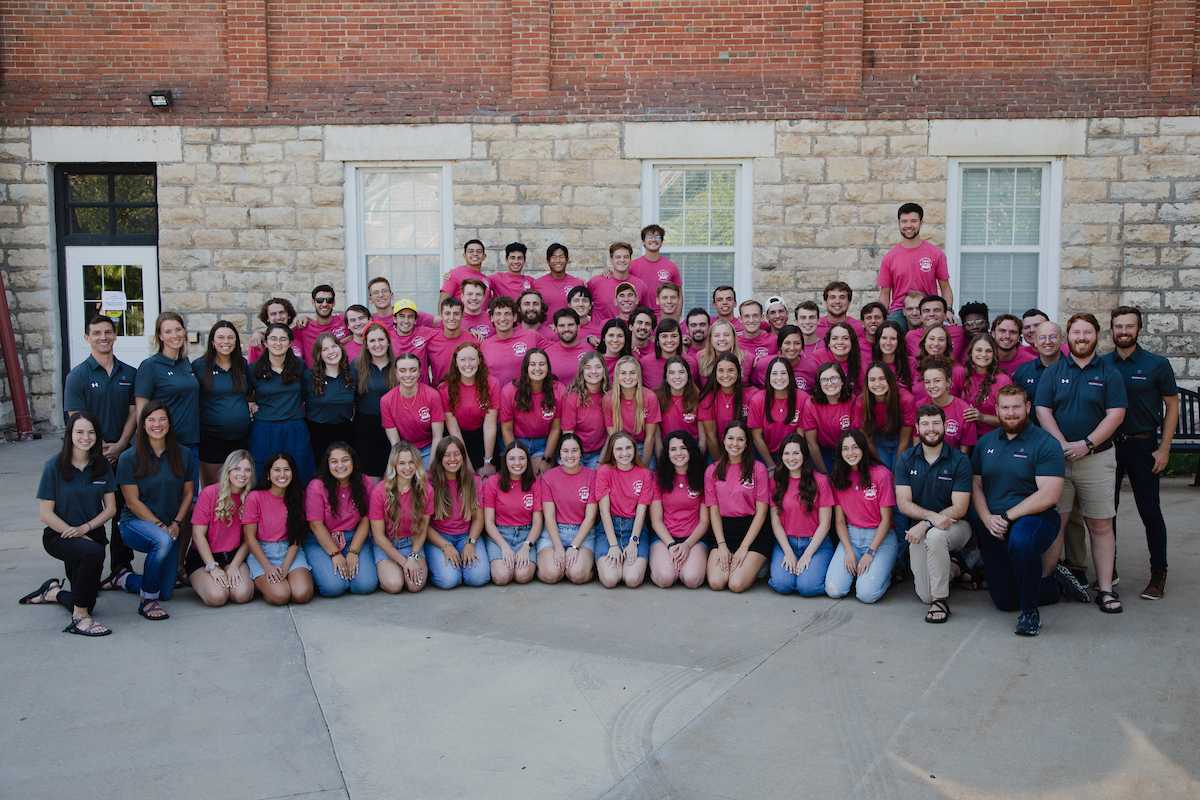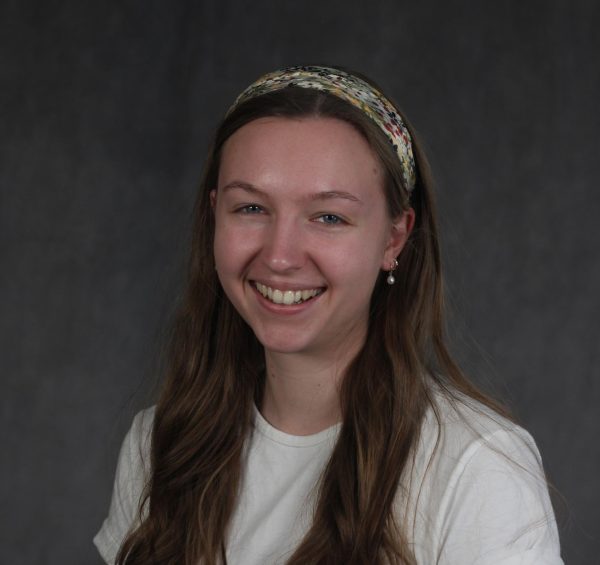Most college students pass by the resident assistant office in their dorms without a second thought—what they don’t realize, though, is how much happens behind-the-scenes in the office. From the beginning of the school year, RAs are trained to observe residents and visitors to the dorm, implement behind-the-scenes logistics, pour countless hours into building community, and keep their residents safe at school.
Maggie Halpin, a junior RA in Elizabeth Hall, said that RAs exist to care for the dorm, but more importantly, to care for the wellbeing of every resident.
“We are peers that communicate the message that the college cares about you and your wellbeing,” she said. “We do that through programming, providing opportunities to build community and learn outside the classroom, walking with people through life, and then keeping the dorm clean and functioning.”
But what most people don’t know is that in addition to cleaning and programming during on-call hours, RAs are also expected to always be alert and keep an eye on the residents of the whole dorm. Other behind-the-scenes logistics include everything from being available to help other RAs on the staff if a problem comes up to designing the dorm T-shirt for Homecoming or having a structured plan for evacuation in the event of a fire.
Halpin and Matt Meyer, a sophomore RA in St. Michael’s Hall, said that RAs are responsible for the entire dorm but that each RA is assigned to a particular floor. The residents of that floor, known as “primaries,” quickly become the most important responsibility for each RA.
Halpin said that the resident directors make flashcards or photo books with each resident’s name and student ID photo. While it’s not a requirement, each RA is expected to go over the flashcards during training and in the first few weeks of school to start matching names to faces.
Meyer added that he’s expected to reach out to every resident on his designated floor at least once on a one-month rotation.
“One of the biggest things on the job is connectivity, which is going to each door of your resident and checking in on them to see how they’re doing,” Meyer said. “Even if they don’t want to talk, you knock, and at least they know that you’re interested in how they’re doing. That’s a lot of the reason why we have door decks, so when we go to the door, we know who lives there.”
“Typically, we have a list of about five to six rooms to knock on during our on-call night—so within three weeks maybe, we’ve gone to all the rooms and have tried to have a really intentional conversation with our residents,” he said.
Halpin said that an RAs commitment to their primaries also includes actions as simple as praying for the residents on their floor. At the beginning of the school year, as the RAs go through every dorm room to determine its condition and prepare it for residents, most RAs will pray over the room and intercede for each resident by name.
Halpin said that being an RA was a little more than she expected, but it’s a rewarding experience.
“Before, I definitely just thought of RAs as having the fanny pack on and saying hello and handing out toilet paper and things like that, but there’s a lot in between like washing dishes or vacuuming the office and things like that that I didn’t necessarily expect,” Halpin said.
Halpin also said that the best part of being an RA is seeing her efforts to reach out to residents pay off.
“When you know that residents are really grateful, or you know that they feel really loved or really seen after a program, or when you say hi and you say their name and they perk up because they’re like, ‘wait what, you know my name” … those are the best parts for sure,” she said.
